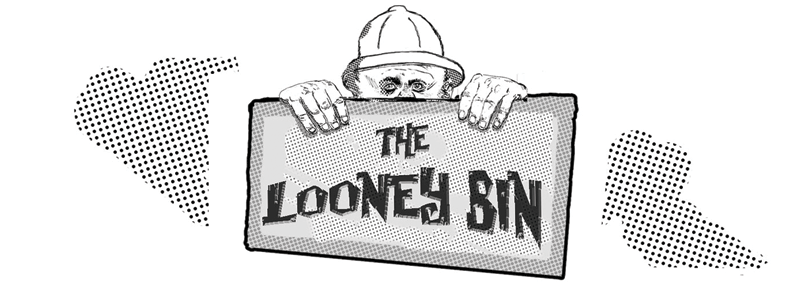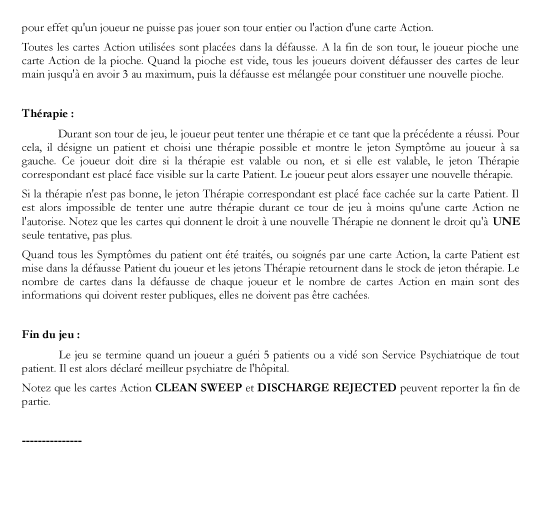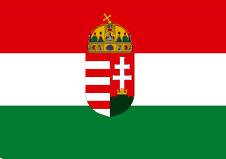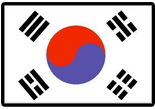Tracy Fox
2601 Mission St.
San Francisco, CA 94110
info@mysite.com

Object:
In Looney Bin you play the head of a psychiatric ward attempting to outperform your colleagues through any means necessary to heal the patients in your ward.
Setup:
Place the tray of therapy tokens and the shuffled stack of symptom tiles in the middle of the table. Shuffle and deal out four patient cards to each player. Leave patient deck faced own. Shuffle and remove 5 action cards from the action deck (not to be used in the game). Deal out five face down action cards to each player. Leave action deck face down. Each player places her patient cards face-up in front of her in a row. One symptom tile is drawn and placed face down in front of each patient with the face unseen by any player. (This constitutes a player's ward.)
Play:
Player with the highest numbered patient goes first, and from there play proceeds clockwise. On a player's turn, they may play as many action cards as they want, and may make one therapy attempt, continuing new therapy attempts as long as the previous was successful. Player may perform these actions in any order.
Therapy:
At any point on her turn, a player may make therapy attempts on her patients until one is unsuccessful. She nominates a patient, and chooses one of the possible therapy tokens, and shows the symptom tile to the player to her left. This player says whether or not the therapy is effective, and if it is, the corresponding therapy token is placed face up on top of the patient card, and the active player may make another therapy attempt on any patient in her ward. As soon as one is unsuccessful, she places the therapy token face down on top of the patient card. She may now make no further guesses unless an action card gives her another try. Note that bonus attempts given by cards do not receive additional guesses upon success, they only grant one guess. As soon as all of a patient's symptoms have been treated, or an action card cures it, the patient card is placed in the player's score pile and the therapy tokens are returned to the tray. The size of a player's score pile and hand of cards is open knowledge to all players.
Cards:
Action cards may be played wherever applicable. Cards labeled “PLAY ANY TIME” may be played during another player's turn, or in response to another action card, and take effect first, possibly negating or redirecting the effect of the original card played. Note that “PLAY ANY TIME” cards may be played in response to other “PLAY ANY TIME” cards, and the most recently played takes effect first. If a card gives a new patient to a player, new patients are drawn from the top of the patient deck, and new symptom tiles are drawn and placed face down in front of them. If a patient is transferred and has an action card played on it, the action card is transferred with the patient. Action cards affecting another player's turn, for example, “No therapy attempt in this ward this turn,” remains on the table until that player's turn, when they take effect. Some cards may be intercepted by a “PLAY ANY TIME” card allowing the receiver to have a partial turn during the original players turn, at completion of which the original player completes their turn. All played cards that have finished their effect are placed in a discard pile. At the end of a player's turn, she draws one card from the action deck. When the deck is exhausted, all players must discard until they have three cards, and the discard pile is reshuffled to create a new action deck.
Victory:
The game ends when one player cures five patients or empties her ward, winning. Note that the CLEAN SWEEP and DISCHARGE REJECTED cards may postpone this ending.









